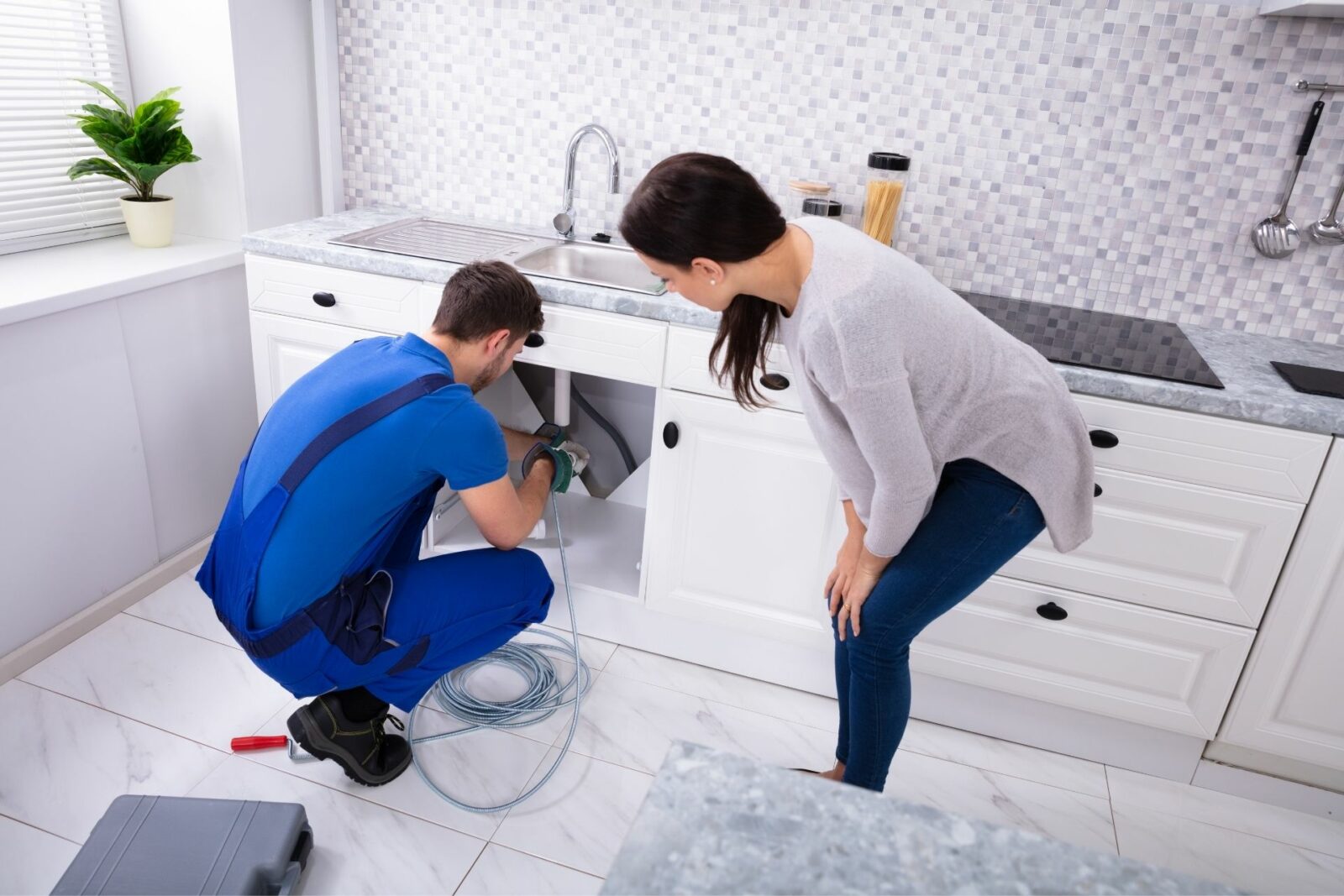Over time, debris can accumulate in the drain, leading to clogs and slow-draining water. Knowing how to remove the kitchen sink drain allows you to clean it thoroughly and fix any underlying issues. In this blog, we will guide you through the steps to remove a kitchen sink drain.
Step-by-Step Guide
Before starting, make sure you have the necessary tools and materials
- Adjustable pliers
- Screwdriver
- Bucket
- Cloth or rag
Step 1: Turn Off the Water Supply
Before removing the drain, you need to turn off the water supply. Locate the water shut-off valve under the sink and turn it clockwise until it is closed.
Step 2: Disconnect the Drainpipe
Locate the drainpipe under the sink and use adjustable pliers to loosen the nuts that connect it to the drain. Place a bucket under the pipe to catch any water that may spill out. Once the nuts are loose, remove the drainpipe from the drain.
Step 3: Remove the Strainer
The strainer is the visible part of the drain that sits in the sink. Use a screwdriver to remove the screws that hold the strainer in place. If the screws are difficult to remove, try applying a lubricant like WD-40. Once the screws are out, lift the strainer out of the sink.
Step 4: Remove the Mounting Hardware
Underneath the sink, you will see a mounting nut that secures the drain in place. Use adjustable pliers to loosen the nut by turning it counterclockwise. Once the nut is loose, remove it and the mounting hardware underneath.
Step 5: Remove the Drain
With the mounting hardware removed, the drain should be loose. Use adjustable pliers to wiggle the drain until it comes free. If the drain is stuck, you may need to use a flathead screwdriver to pry it loose gently. Be careful not to damage the sink or the drain.
Step 6: Clean the Drain
Once the drain is removed, clean it thoroughly with a cloth or rag. You can also use a wire brush or a drain cleaning tool to remove any debris or buildup. If you notice any damage to the drain or the sink, you may need to replace it.
Step 7: Reinstall the Drain
To reinstall the drain, follow the steps in reverse order. Insert the drain into the sink, reattach the mounting and strainer, and you are good to go!









